The therapeutic effects of massage on our Central Nervous System
A good massage is soothing and relaxing leaving you in a state of calm or euphoria. That tension headache or those tight nagging muscles that were once cramping and uncomfortable are now a distant memory. You’re left with a heightened sense of ease and mental clarity. So why is this? Why does massage feel good?
You actually have your Central Nervous System (CNS) to thank for this. Everything we experience in the body starts with the CNS. The CNS consists of the brain and spinal cord and is responsible for processing and transmitting information throughout the body. Massage affects the CNS in various ways, influencing both physiological and psychological responses, that make you feel good after a massage. Here are some key aspects of the CNS’s role in massage:
- Pain Modulation: Massage can influence the perception of pain through mechanisms in the CNS. The pressure and manipulation applied during a massage stimulate sensory receptors, sending signals to the brain. This input competes with pain signals, leading to a reduction in the perception of pain. Additionally, the release of endorphins during massage acts as a natural pain reliever.
- Relaxation Response: Massage activates the parasympathetic nervous system, a branch of the autonomic nervous system that promotes a “rest and digest” state. This response is characterized by a decrease in heart rate, lowered blood pressure, and overall relaxation. The CNS plays a key role in coordinating this physiological response.
- Stress Reduction: Massage has a calming effect on the CNS, leading to a reduction in the production of stress hormones such as cortisol and adrenaline. This shift from the “fight or flight” sympathetic nervous system activity to parasympathetic activity contributes to a sense of relaxation and well-being. Read more about how a massage can be an ultimate stress-buster experience
- Improved sleep: The relaxation induced by massage influences the CNS, promoting better sleep. Massage helps regulate the sleep-wake cycle and contributes to improved sleep quality, in part by reducing stress and anxiety.

- Sensory Input and Integration: The touch and pressure applied during a massage provide sensory input to the CNS. This input is processed and integrated, influencing the body’s awareness and promoting a sense of connection between the mind and body.
- Release of Neurotransmitters: Massage has been shown to influence the release of neurotransmitters, including serotonin and dopamine. These chemicals play a role in mood regulation, and their release contributes to the positive emotional effects of massage.
- Muscle Reflexes: Certain massage techniques can stimulate muscle reflexes and proprioceptors, which are sensory receptors that provide information about the body’s position in space. This stimulation influences the CNS, leading to improved muscle function, coordination, and flexibility. That plays a crucial role in post-workout muscle recovery for athletes, gym-goers, or anyone with an active lifestyle. Read more about the power of post-workout recovery for athletes.
- CNS-Mediated Changes in Blood Circulation: The CNS regulates blood flow throughout the body. Massage can influence vasodilation (widening of blood vessels), improving blood circulation and nutrient delivery to tissues. This can have positive effects on tissue healing and overall well-being.
The CNS plays a multifaceted role in mediating the effects of massage. It regulates pain perception, orchestrates the relaxation response, influences emotional states, and integrates sensory information. The interaction between the massage stimulus and the CNS contributes to the overall therapeutic benefits of massage on both physical and mental well-being.
The feel good effect of massage on tight muscles
Due to factors like poor posture, lifestyle, overuse, stress and exercise certain muscles in the body are more prone to tension, tightness, and discomfort, making them prime candidates for massage. Targeting these muscles can enhance the feel good effect of massage and have lasting positive effects on your body:
- Upper Trapezius: Located in the upper back and neck, the trapezius muscles often carry tension due to stress, poor posture, or prolonged periods of sitting at a desk. Our clients often complain of tightness here. Massage can help release tension in this area, which also helps to reduce neck and shoulder pain.

- Erector Spinae: These muscles run along the spine and are responsible for maintaining an upright posture. Poor posture, sitting for long periods, or lifting heavy objects can cause these muscles to become tense. Massage can alleviate tension and improve flexibility in the spine. Women during pregnancy can also suffer from these muscles becoming tense because as the baby grows in the womb the mother’s center of gravity changes, putting increased pressure on the spine and potentially leading to occasional back pain. While focusing on maintaining good posture is recommended, massage can also help reduce the pain. Read more about the benefits of massage during pregnancy.

- Rhomboids: Found between the shoulder blades, the rhomboid muscles can become tight due to activities that involve hunching forward, such as sitting at a computer. Massage helps release tension in this area and improves upper back mobility.

- Latissimus Dorsi: The lats, located in the mid to lower back, can become tight from activities like lifting or pulling. Massage can aid in relieving tightness in the lats and improving overall back flexibility.

- Quadratus Lumborum: Situated in the lower back, the quadratus lumborum muscles can tighten due to poor posture, sitting, or repetitive movements. Massage can help reduce tension and discomfort in this area.

- Hamstrings: The muscles at the back of the thigh, hamstrings often become tight due to activities like sitting for extended periods or engaging in sports. Massage can improve flexibility, reduce tightness, and alleviate discomfort.

- Iliotibial (IT) Band: Running along the outside of the thigh, the IT band can become tight, especially in athletes or individuals engaging in repetitive activities like running. Massage can help release tension in the IT band, contributing to improved leg function.

Calf Muscles: Tight calf muscles are common, particularly in individuals who wear high heels, engage in running, or spend long periods on their feet. Massage can reduce tightness in the calves and improve overall leg discomfort.

- Neck Muscles: Due to factors like stress, poor ergonomics, and excessive screen time, neck muscles can become tense and contribute to headaches and discomfort. Massage can target these muscles to promote relaxation and relieve tension.

- Forearm and Hand Muscles: Repetitive activities such as typing or gripping can lead to tension in the forearm and hand muscles. Massage can help release tightness, reduce discomfort, and improve range of motion.

The sensation of feeling good during and after a massage in these areas is largely due to the release of muscle tension, improved blood circulation, and the activation of the body’s natural relaxation response. As the massage therapist applies pressure and manipulates the muscles, it stimulates blood flow, reduces muscle knots, and triggers the release of endorphins, contributing to a sense of physical and mental well-being.
Why does massage feel good at Leading Edge? Hear from our clients
At Leading Edge, we value recovery work just as much as our training program with our unique blend of at home massage and stretch therapy, which offers long-term benefits of muscle recovery beyond what just massage alone offers. Our team of functional exercise specialists and licensed massage therapists understand the physiological, musculoskeletal and neuromuscular effects of exercise and stress on the body. With this expertise we are able to pinpoint the origin of your pain and manipulate the soft tissues and effected muscles to resolve tightness and discomfort and improve form, posture. mobility and flexibility.
Here’s what our clients are saying about our unique approach to massage therapy.
- “He’s super pro! I felt lighter and looser immediately after. He’s definitely very clinical in his approach.” – Thomas Howell
- “He was great! After my session he even was able to work on my husband after me and resolve his migraine.” – Ayla Richards
- “Kurush was great! He was so good I decided to sign up for your monthly membership along with my husband! Highly recommend!” – Ashita Gupta
Our client’s needs always come first. After all, your wellbeing is our top priority. We value you putting your care into our hands and understand there’s not one massage type for everyone. At Leading Edge you get to choose between our diverse variety of massage and stretch therapy techniques to customize your experience.
Wondering why does massage feel good? Book your massage appointment with us today and see for yourself!



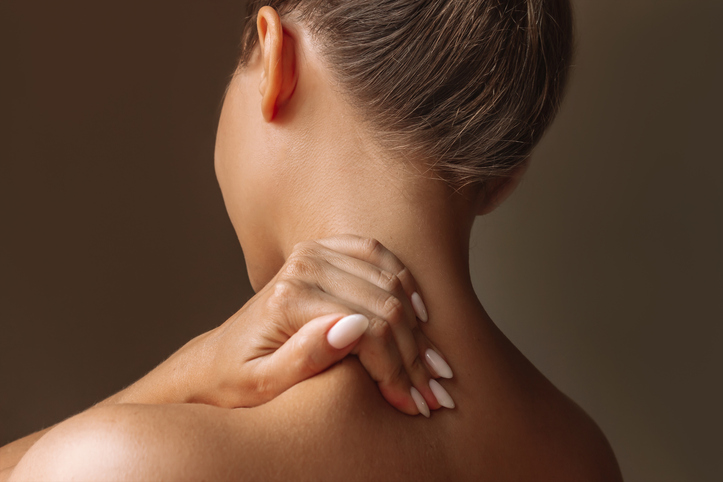
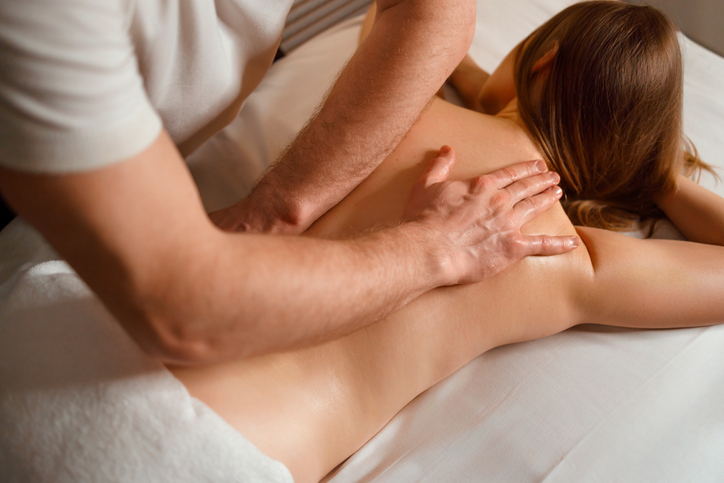
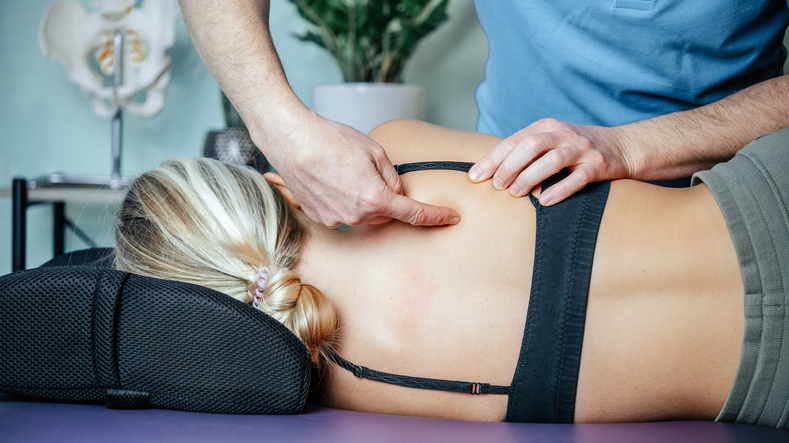
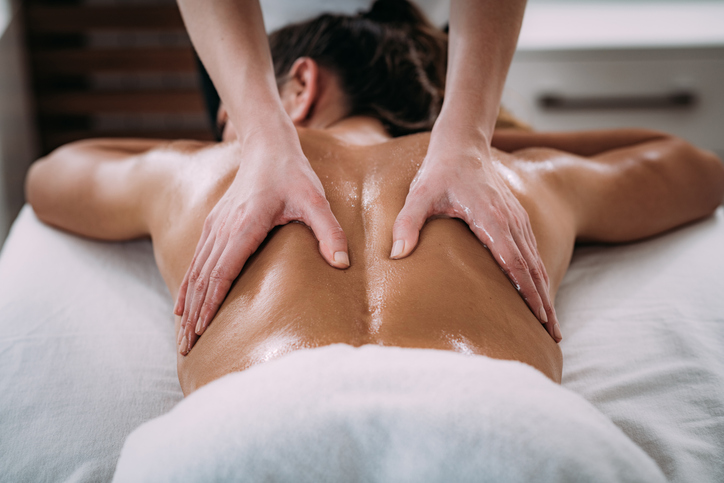
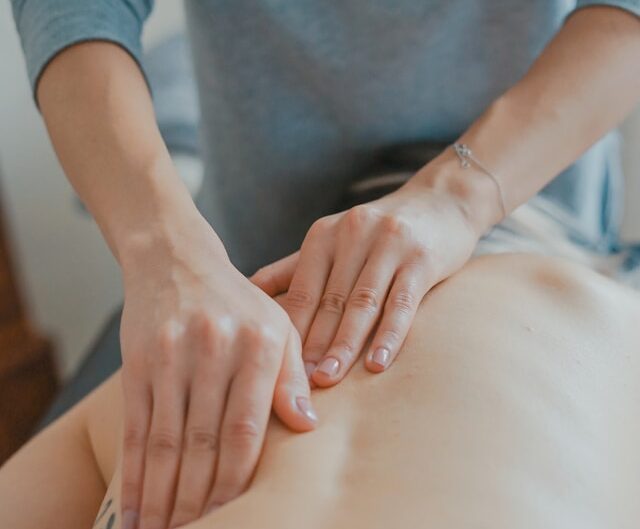
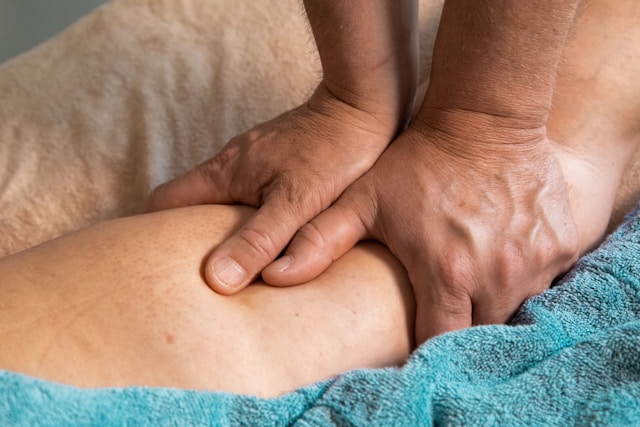

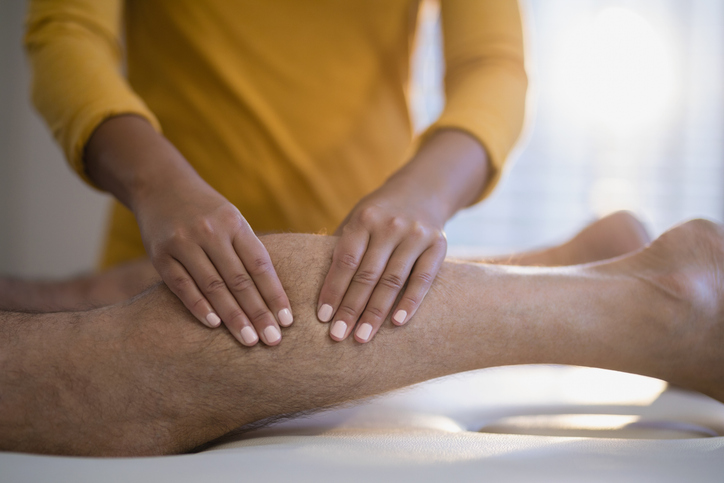
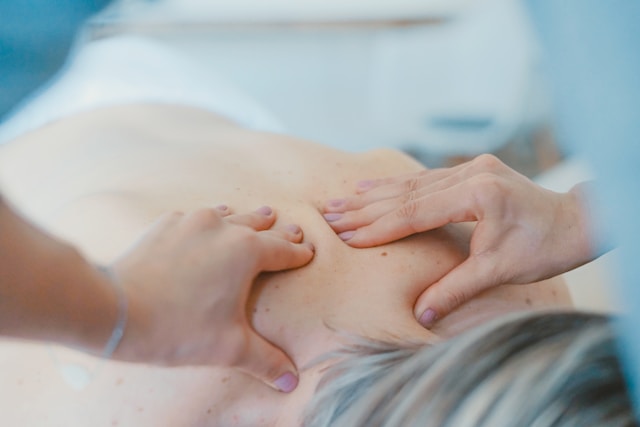
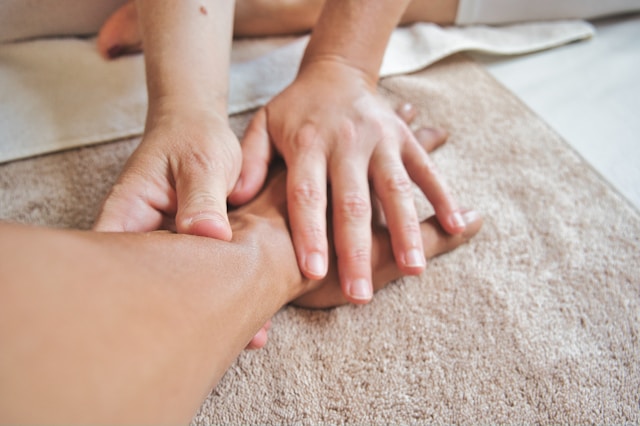





No comment yet, add your voice below!